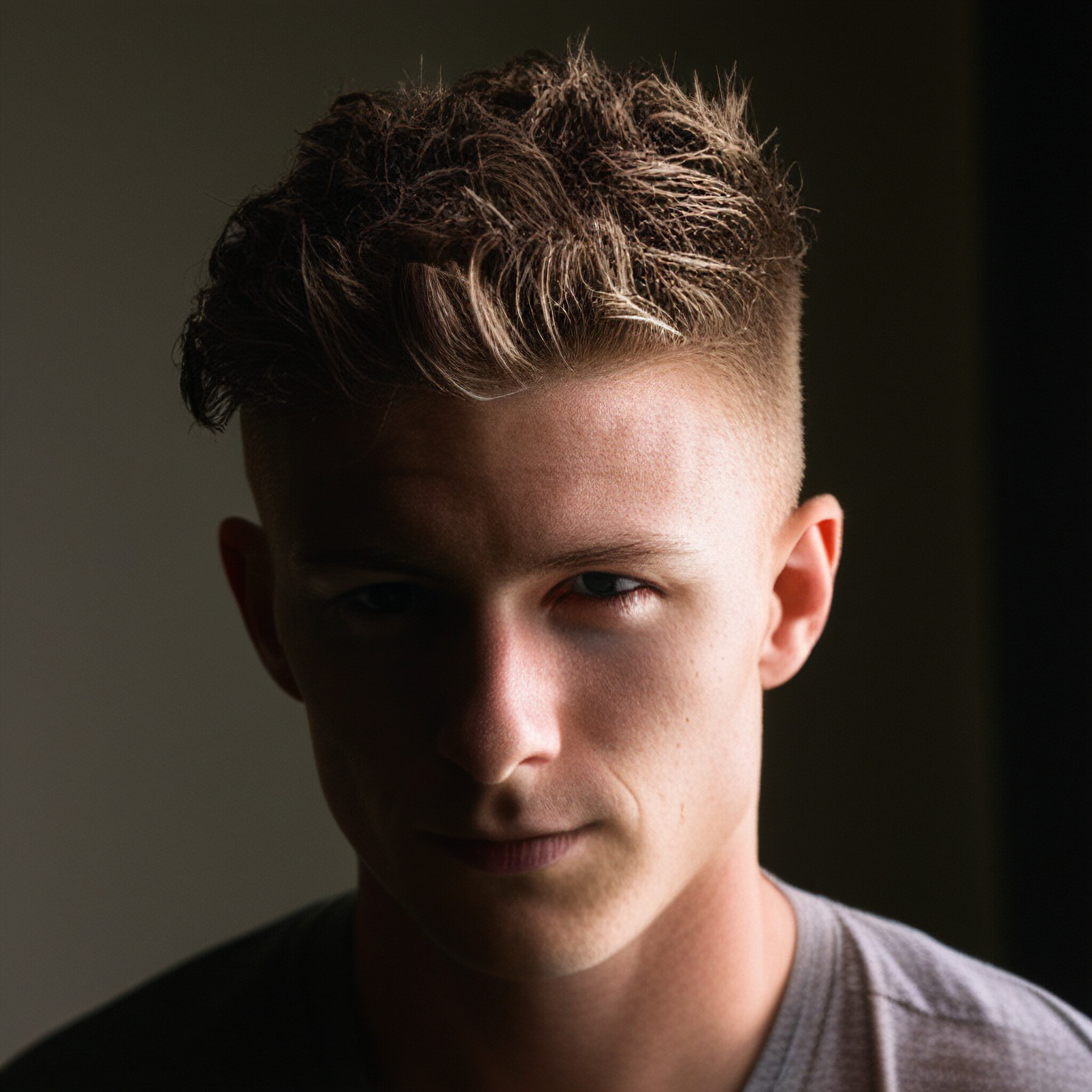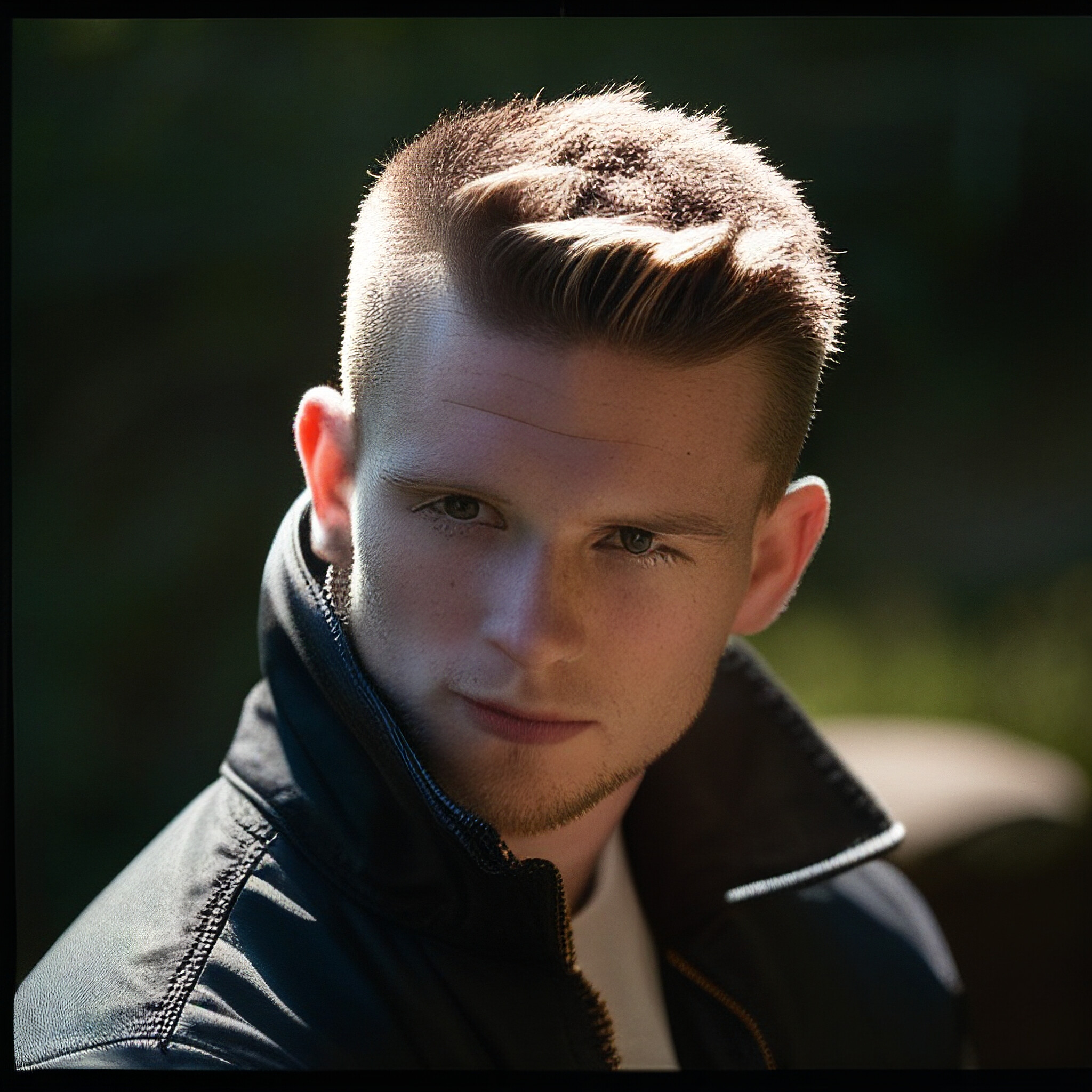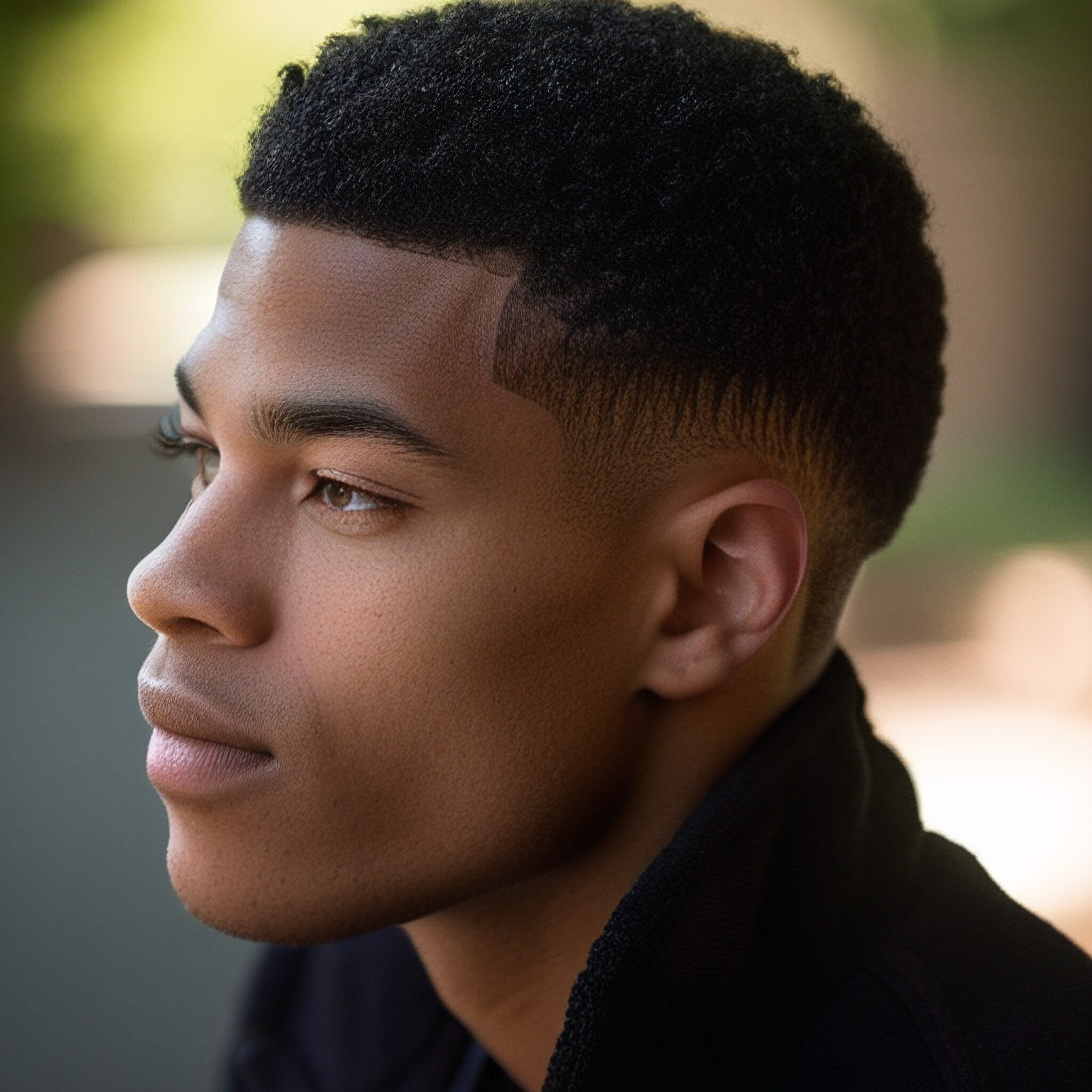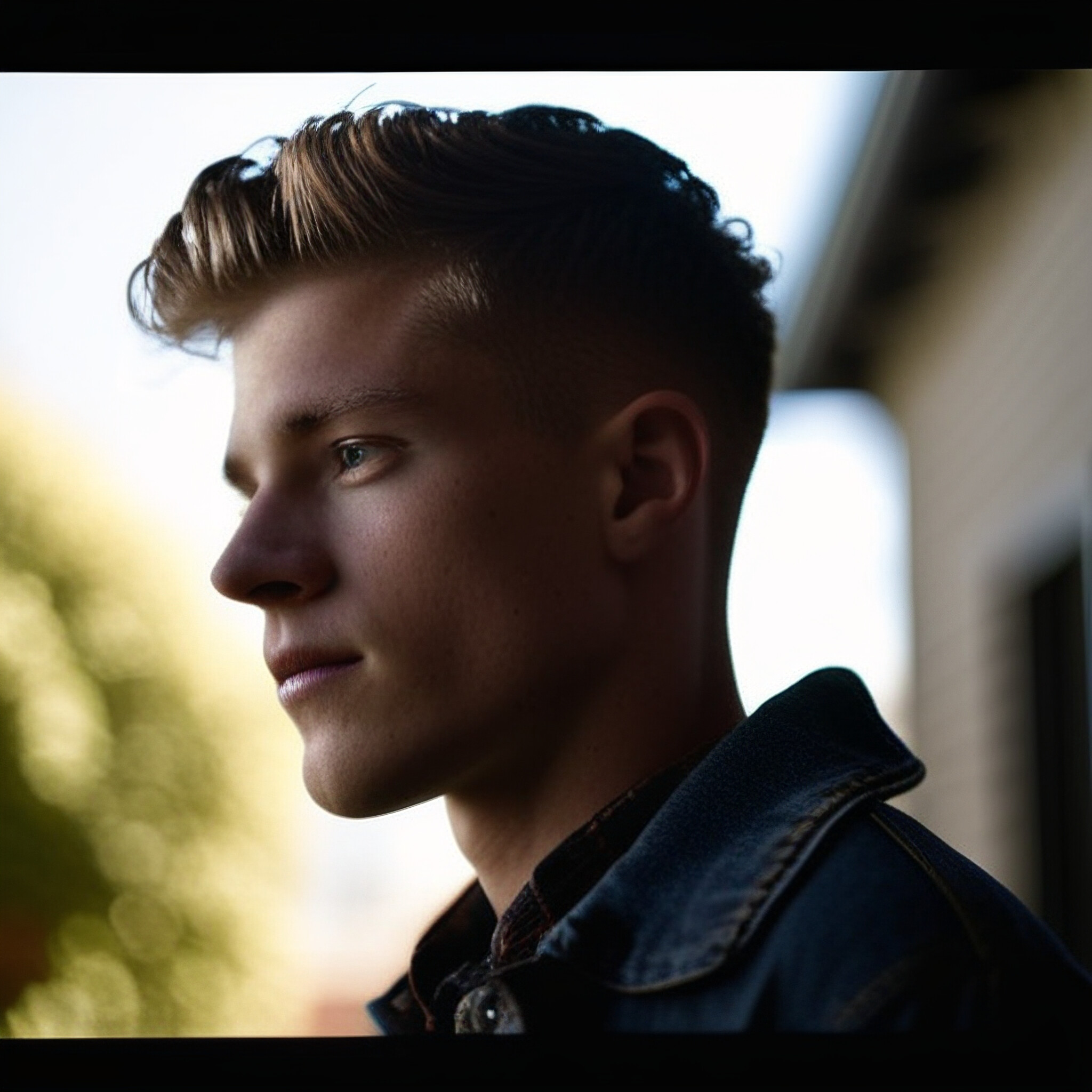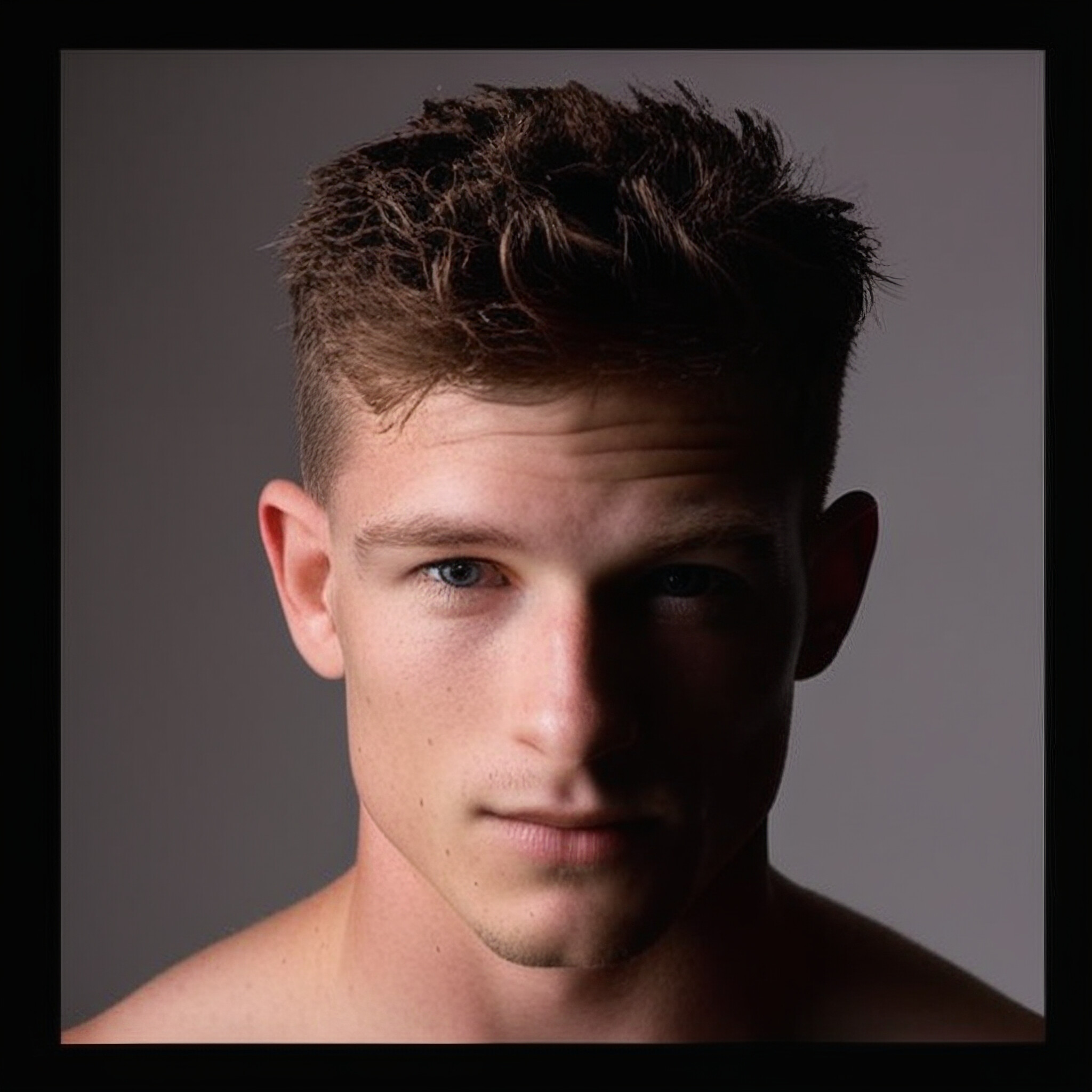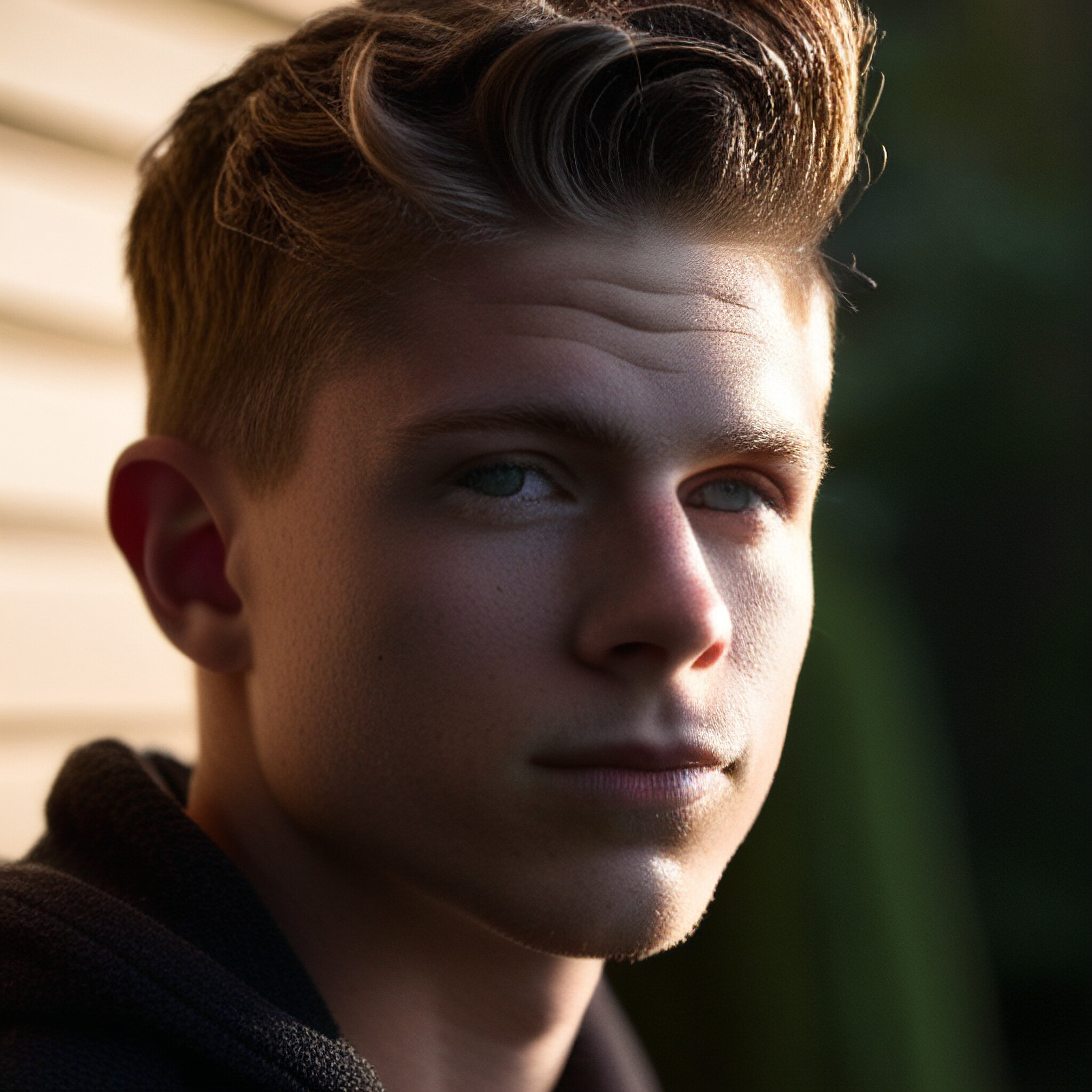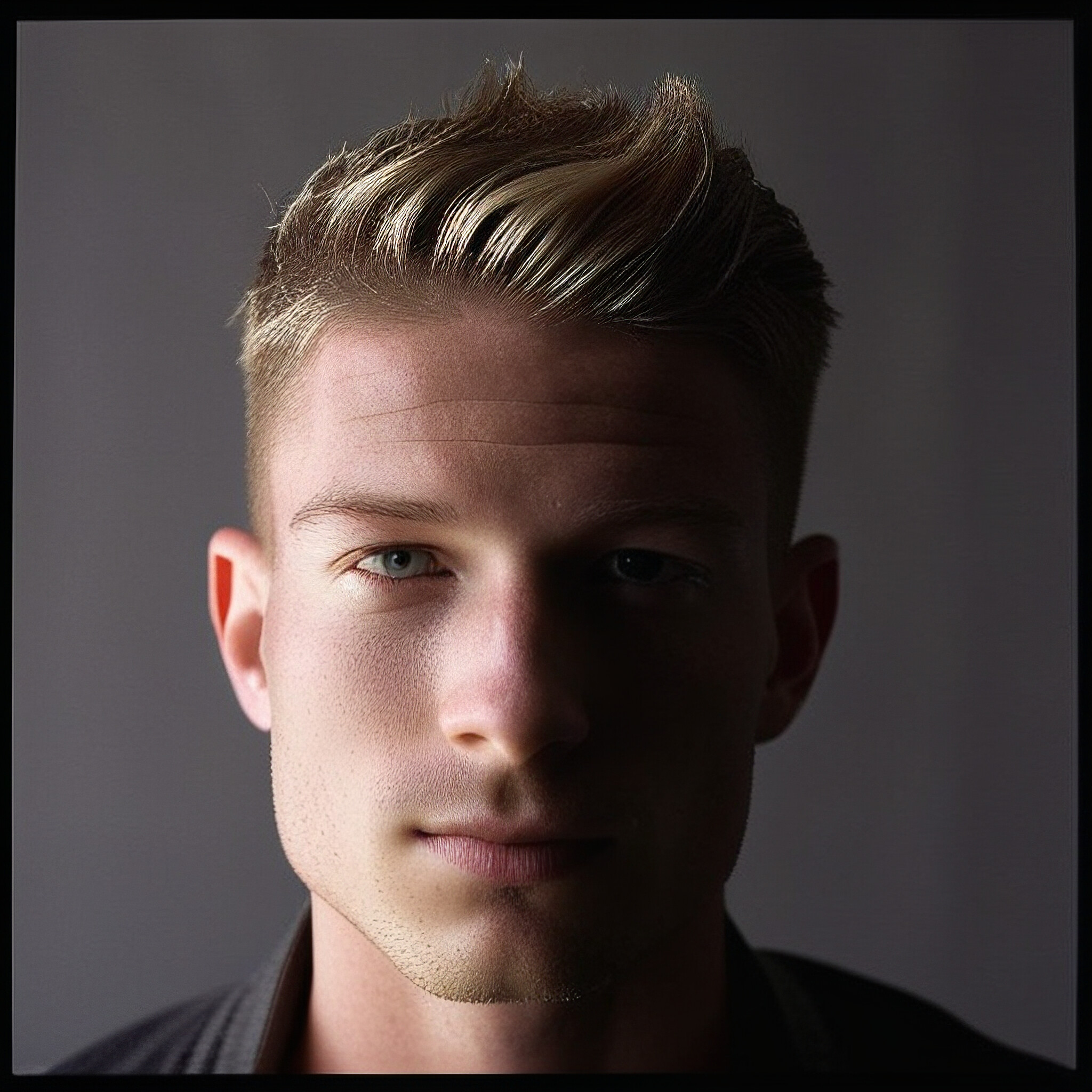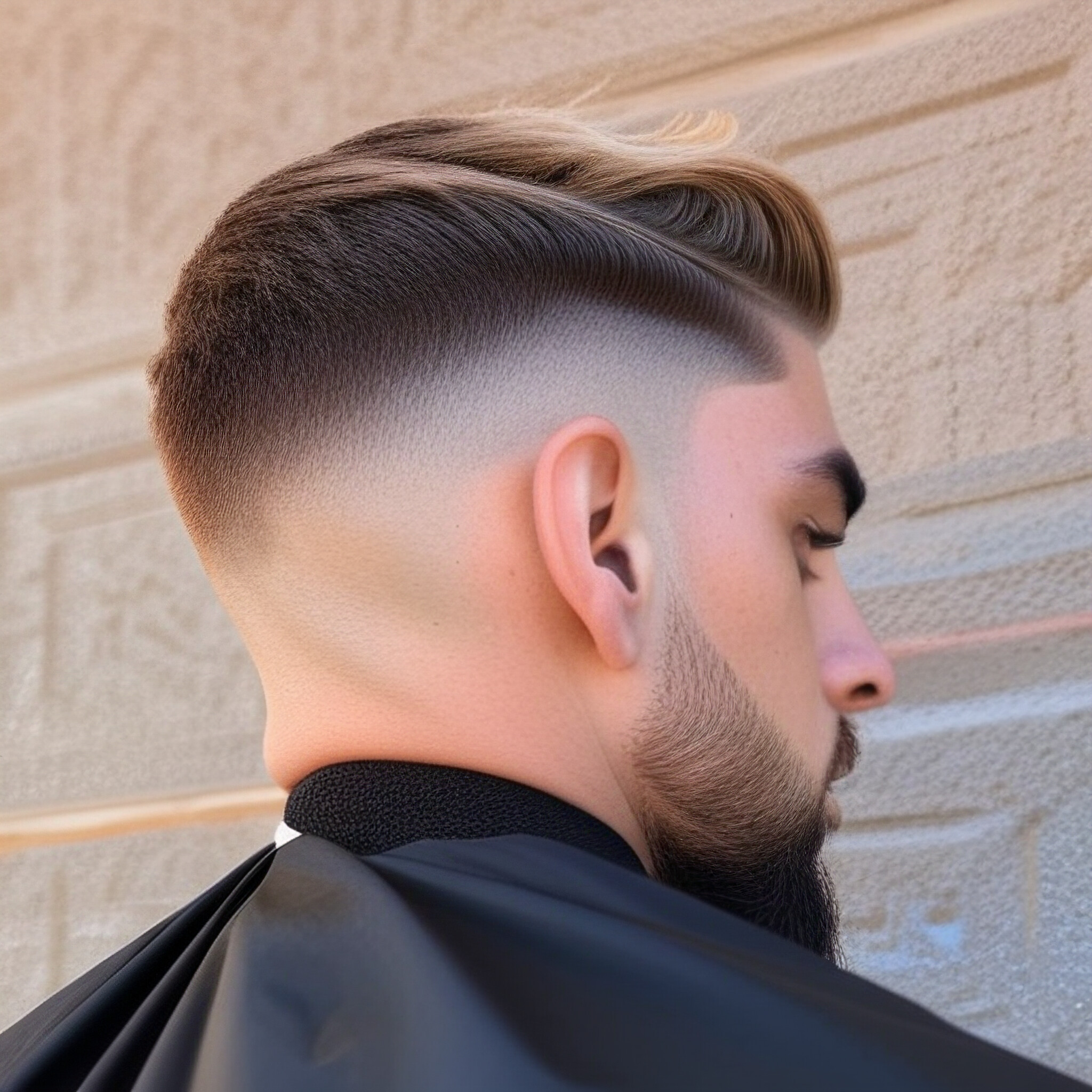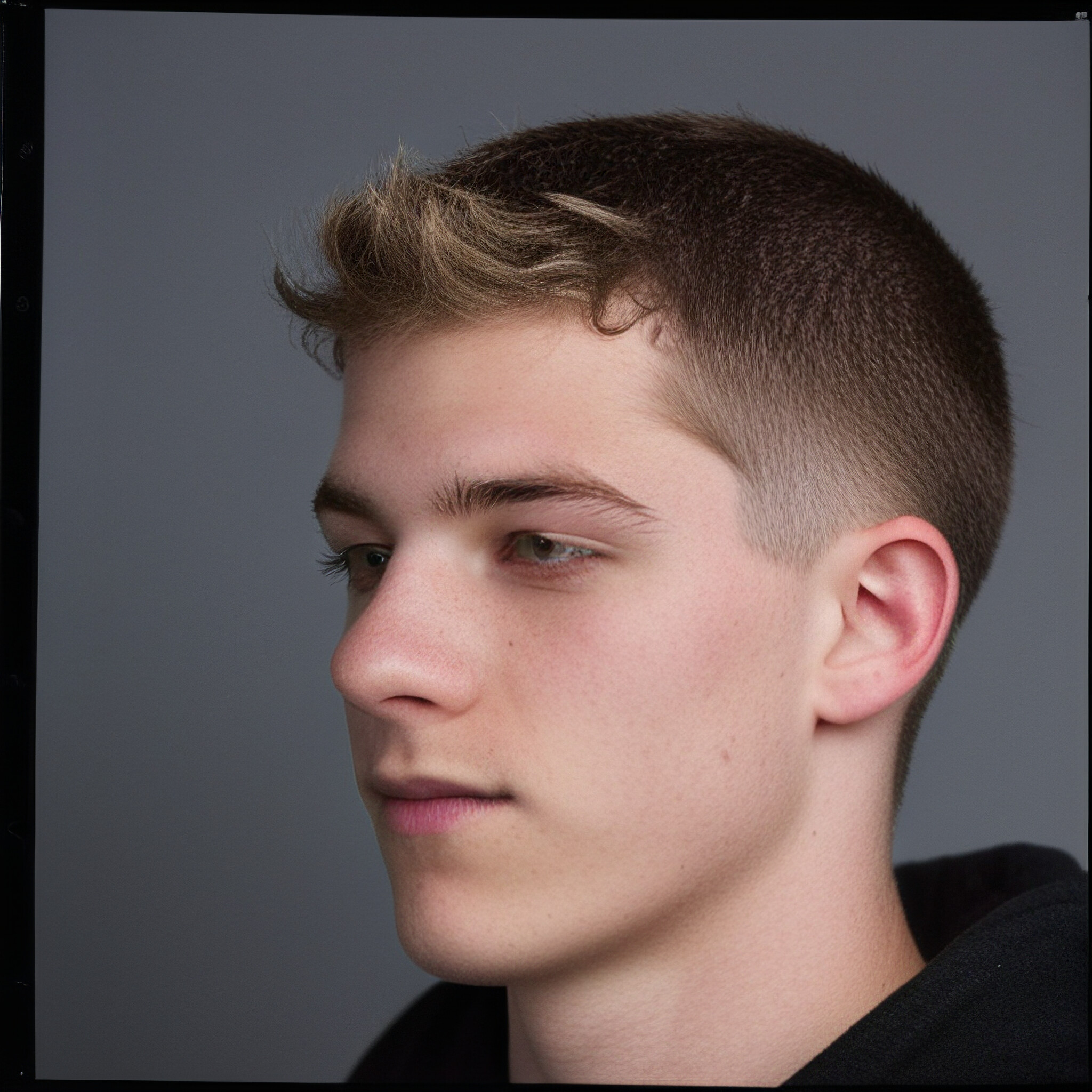The low fade is one of the most popular and versatile hairstyles for men today, but its roots can be traced back through a fascinating history that reflects changes in culture, fashion, and societal norms. What started as a practical military haircut has evolved into a modern symbol of style and individuality. This article delves into the origins of the low fade, its journey through time, and how it became a staple in contemporary men's grooming.
1. The Military Origins
The low fade's history can be traced back to military haircuts, particularly during the early 20th century. Soldiers needed practical hairstyles that required minimal maintenance and adhered to strict grooming standards. The low fade, characterized by its clean, tapered sides, became popular for its functionality and ease of upkeep.
Why the low fade?: The fade allows for a neat appearance while accommodating various hair lengths on top, making it suitable for the rigors of military life. This style not only promoted uniformity but also helped prevent the spread of lice and other issues in close quarters.
2. Transitioning into Civilian Life
As military personnel returned from service, many brought their haircuts home. The low fade began to infiltrate civilian life in the post-war era, especially during the 1950s and 1960s when grooming standards became more formalized in the workplace. It became associated with professionalism, offering a polished look that appealed to both men and women.
Pop culture influences: The rise of television and movies showcased well-groomed male figures, and the low fade gained traction as a popular choice among celebrities and public figures. This period marked the transition from strictly utilitarian to fashionable.
3. The Rise of the Hip-Hop Culture
The low fade experienced a significant revival in the late 1980s and early 1990s, thanks in part to the burgeoning hip-hop culture. Artists and athletes embraced the fade as a symbol of individuality and style, making it a sought-after look among younger generations.
Notable figures: Influential artists like Will Smith and members of hip-hop groups often sported variations of the low fade, further embedding it in popular culture. The haircut became a canvas for creativity, with styles evolving to include sharp lines and intricate designs.
4. The Influence of Barbershops
As the low fade grew in popularity, barbershops became the go-to places for men to achieve this stylish cut. The role of the barber evolved, with skilled professionals showcasing their artistry through fades. This craftsmanship not only emphasized the importance of the low fade but also elevated the status of barbers as style experts.
Barbershop culture: The resurgence of traditional barbershops in the 2000s led to a renewed interest in grooming, with barbers mastering the low fade technique. They often combined it with other modern styles, creating unique looks that catered to diverse clientele.
5. Modern Variations and Popularity
Today, the low fade remains a dominant hairstyle for men, with various adaptations catering to different tastes and hair types. Whether paired with a textured crop, slicked back style, or longer hair on top, the low fade's versatility makes it suitable for any occasion.
Customizable styles: Men can choose from a range of fades—low, mid, or high—depending on their preferences and face shape. The low fade, in particular, offers a subtle and sophisticated look, making it an ideal choice for both casual and formal settings.
6. Cultural Significance
The low fade has transcended its military origins to become a symbol of self-expression. It reflects personal style while also bridging gaps across various cultural backgrounds. As trends evolve, the low fade continues to adapt, ensuring its place in the grooming industry.
A global phenomenon: Today, the low fade is recognized and embraced worldwide, representing a blend of tradition and modernity in men's grooming. From barbershops in urban areas to salons in small towns, the low fade has become a universally appreciated haircut.
Conclusion
The low fade's journey from military practicality to a mainstream fashion statement exemplifies how hairstyles can evolve with society. Its rich history reflects broader cultural shifts, demonstrating the impact of grooming on identity and self-expression. As trends come and go, the low fade remains a timeless choice, continuing to inspire men to embrace their personal style with confidence. Whether you're a fan of classic looks or modern interpretations, the low fade will always hold a significant place in the world of men's grooming.
